Your dishwasher should clean your dishes, not leave chalky residue or stains on them. But if you live in a hard water area, you’ve likely encountered a persistent culprit: limescale and mineral deposits. Over time, these buildups can reduce your dishwasher’s efficiency, shorten its lifespan, and even affect the cleanliness of your dishes.
The good news? With regular care and a few smart habits, you can prevent limescale from taking over your dishwasher. This comprehensive guide will explore how limescale forms, what damage it causes, and, most importantly, proven tips to prevent limescale and mineral deposits in your dishwasher.
What Is Limescale and How Does It Form?
Limescale is a chalky white deposit primarily composed of calcium carbonate. It forms when hard water, rich in calcium and magnesium minerals, is heated or evaporated. With their hot water cycles and frequent use, dishwashers become prime hotspots for mineral buildup.
Signs of Limescale in Your Dishwasher:
- Cloudy film on glassware
- White residue on dishes and cutlery
- Reduced water pressure from spray arms
- Strange odors from the dishwasher
- Machine inefficiency or longer cycle times
Left untreated, limescale can clog nozzles, corrode internal parts, and reduce an appliance’s effectiveness.
One of the most effective ways of removing mineral buildup is to use a professional-grade cleaner specifically formulated for this purpose. While vinegar and citric acid can do the trick for light deposits, tough and stubborn scale buildup often requires a more targeted approach. We recommend using Finish Dishwasher Cleaner – 250ml, a powerful solution specially designed for removing mineral build up from inside your dishwasher. This cleaner:
Tip 1: Know Your Water Hardness
Before jumping into preventative measures, it’s essential to understand your local water hardness level. Water hardness is generally measured in ppm (parts per million) or gpg (grains per gallon).
Ways to Determine Water Hardness:
- Contact your local water utility provider.
- Use a water hardness test strip or home testing kit.
- Look for symptoms such as soap not lathering, scale on faucets, or cloudy dishes.
If your water hardness exceeds 120 ppm (7 gpg), you will likely encounter limescale without preventative measures.
Tip 2: Use Dishwasher Salt (Especially in Hard Water Areas)
Dishwasher salt isn’t the same as table salt—it’s a special grade of coarse sodium chloride used to soften hard water inside dishwashers equipped with built-in water softeners.
How It Works:
Dishwasher salt regenerates the resin beads in the water softening unit, allowing them to capture calcium and magnesium ions effectively.
Benefits:
- Prevents mineral deposits on dishes and internal parts
- Enhances detergent effectiveness
- Improves machine performance and longevity
Pro Tip: Check your salt reservoir monthly and refill as needed. Most dishwashers alert you when levels are low.
Tip 3: Use a High-Quality Rinse Aid
A rinse aid helps water sheet off your dishes instead of forming droplets that leave behind mineral residues.
Why It Matters:
- Reduces water spotting and cloudiness
- Speeds up drying
- Prevents mineral buildup during the rinse cycle
Tip: Use rinse aid consistently—even if your detergent claims it’s “all-in-one.” Your dishwasher will thank you.
Tip 4: Choose the Right Detergent
Not all dishwasher detergents are created equal. Look for detergents labeled “hard water compatible” or “anti-limescale.”
Powder vs. Tablets vs. Gels:
- Powders often work best in hard water because you can adjust the dose.
- Tablets are convenient and often contain rinse aid and water softeners.
- Gels may be less effective at tackling mineral buildup unless specifically formulated for hard water.
Pro Tip: Avoid overloading with detergent. More isn’t better—it can lead to residue and buildup.
Tip 5: Run Vinegar Cycles Monthly
White vinegar is a natural descaler and an effective way to clear limescale from internal components.
How to Do It:
- Empty the dishwasher.
- Place a basin filled with one cup of white vinegar on the upper rack.
- Run a hot water cycle.
Repeat monthly to maintain a clean and scale-free interior.
Caution: Avoid using vinegar too frequently if your dishwasher has rubber seals or components, as they can wear down over time.
Tip 6: Use Citric Acid Cleaners
Citric acid is a natural cleaner that targets limescale and mineral deposits without harsh chemicals.
Usage Tips:
- Buy dishwasher cleaners with citric acid as the primary ingredient.
- Run an empty cycle with the cleaner once every 1–2 months.
- Alternatively, sprinkle a few tablespoons of citric acid powder on the bottom and run a hot cycle.
This method removes stubborn deposits and helps restore shine to your machine and glassware.
Tip 7: Clean the Filter and Spray Arms Regularly
Your dishwasher’s filter and spray arms prevent clogs and ensure even water distribution.
Maintenance Routine:
- Remove and rinse the filter every 2–3 weeks to eliminate trapped debris.
- Check spray arm nozzles for blockages; clean them with a toothpick or soft brush.
- Soak parts in vinegar to dissolve any limescale.
Keeping these components clean prevents scale from accumulating in hidden areas.
Tip 8: Don’t Overload the Dishwasher
Overcrowding prevents proper water circulation, leading to uneven rinsing and more residue left behind.
Smart Loading Tips:
- Keep dishes separated and angled correctly.
- Don’t stack bowls or cups too tightly.
- Avoid blocking spray arms or detergent compartments.
Better circulation means fewer spots and less chance for mineral deposits to stick.
Tip 9: Install a Whole-House Water Softener
If all your appliances are impacted by hard water, think about installing a whole-house water softener. At the point of entry, it purifies the water, guaranteeing:
- Limescale protection for all appliances
- Softer skin and hair
- Better laundry results
- Longer plumbing life
While it’s a bigger investment upfront, it offers long-term savings and convenience.
Tip 10: Dry Dishes Immediately After the Cycle
Even a tiny amount of remaining water can evaporate and leave mineral spots behind.
Best Practices:
- Open the dishwasher door right after the cycle to allow steam to escape.
- Use the heated dry feature or towel-dry delicate items immediately.
- Avoid air-drying in humid environments.
This reduces mineral buildup and keeps your dishes sparkling.
The Quick Summary
Limescale and mineral deposits are persistent adversaries in the battle for a clean and efficient dishwasher. However, you can effectively combat these silent saboteurs by understanding their formation and implementing a combination of preventative measures and regular cleaning practices.
A proactive approach is key to correctly utilizing dishwasher salt and rinse aid, choosing the right detergents, and employing the natural power of vinegar and lemon juice.
A whole-house water softener system offers the ultimate solution for those with particularly hard water.
By adopting these tips and making them a part of your routine, you can ensure your dishwasher remains a reliable kitchen workhorse for years to come, consistently delivering sparkling clean dishes without the frustration of chalky residues.

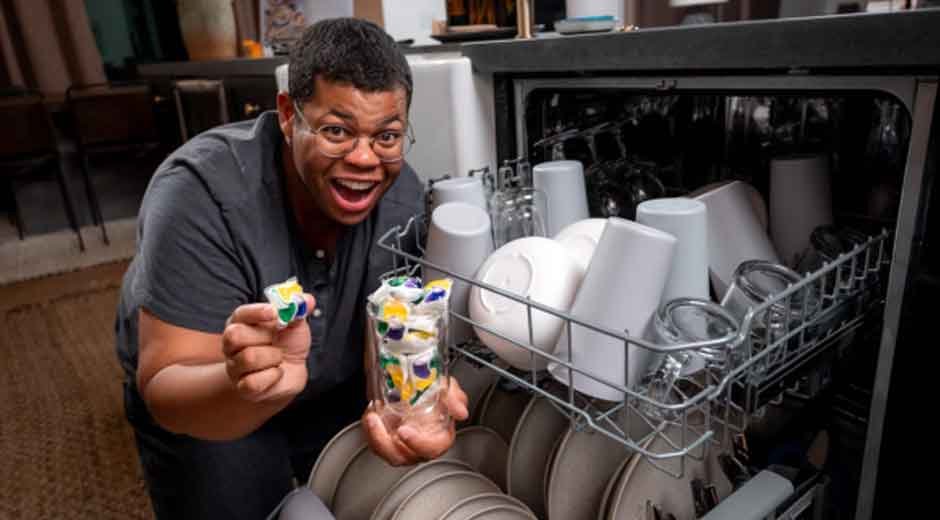
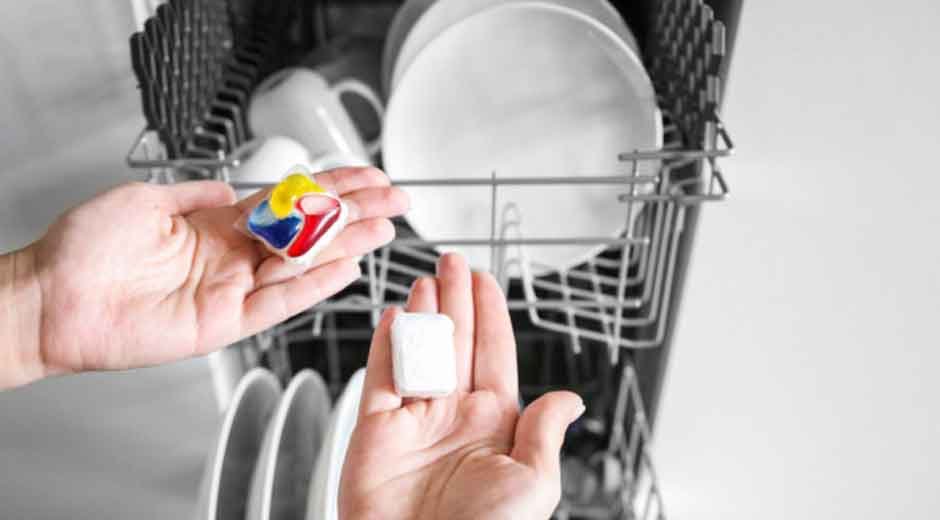
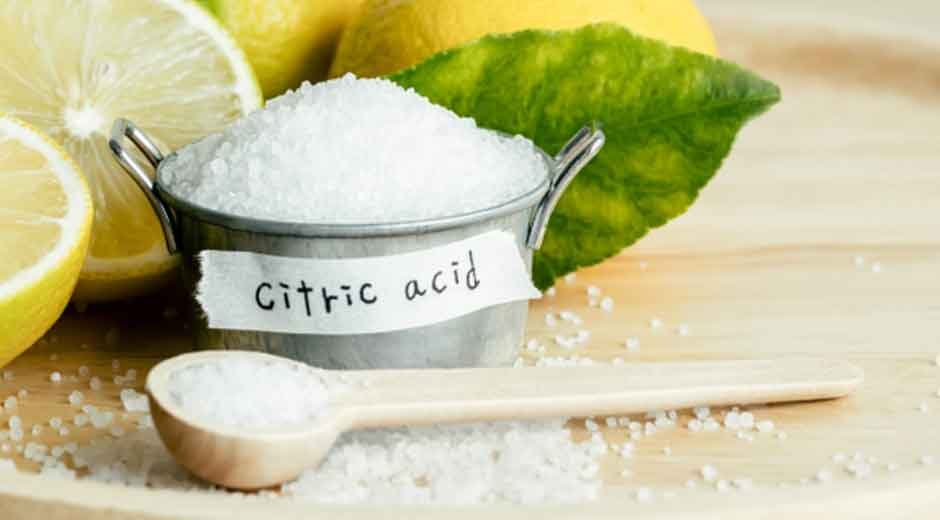
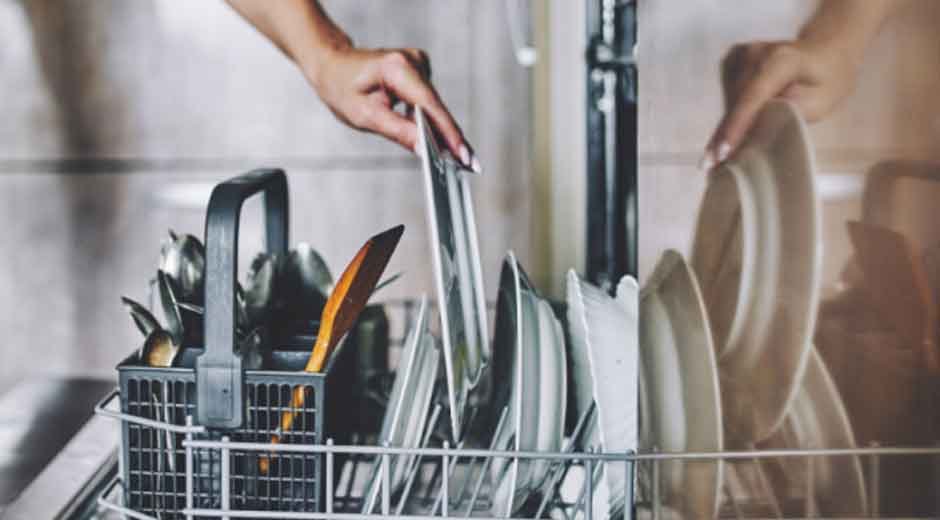
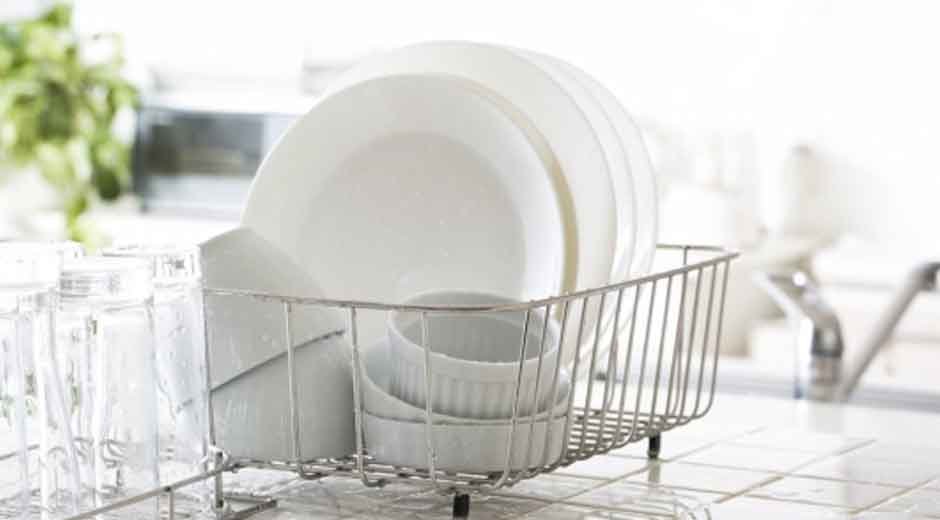




Leave a Reply